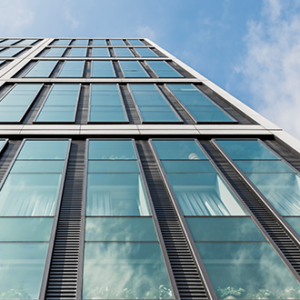Glass FacadesStructural Glazing Semi-Unitised
Product Specification
Modern structural glazing systems, which utilize spacers and adhesives, have gained widespread acceptance and are increasingly preferred in curtain wall, window, and storefront installations. Many now consider structural glazing as the superior choice for glazing applications. When installed correctly, the structural sealant creates an unbroken, watertight barrier, preventing leaks and air infiltration. Both the sealant and spacer handle wind-induced movement and endure various stresses such as flexure, tension, compression, and thermal shear, effectively transmitting these forces to the structure. Silicone, commonly used in these systems, resists UV rays, ozone, and environmental exposure without losing its elasticity or resilience, even after 20 years of exposure. The critical factors influencing the design of structural glazing systems include sealant performance regarding air and water infiltration, structural design criteria, and the appropriate glass type. These aspects directly impact the dimensions of aluminum profiles, sealant widths, and joint sizes.
Addtional Info:
Unitized structural glazing represents a distinct approach where modules, usually spanning one mullion bay wide and one floor high, are assembled and glazed offsite before being affixed to the building’s exterior. While the initial engineering and tooling costs for this system are high, they become economically advantageous for larger projects due to the efficiency gained through repetition. This pre-assembled system, manufactured and glazed offsite, minimizes onsite labor and erection expenses, resulting in a shorter installation period compared to the stick system.














